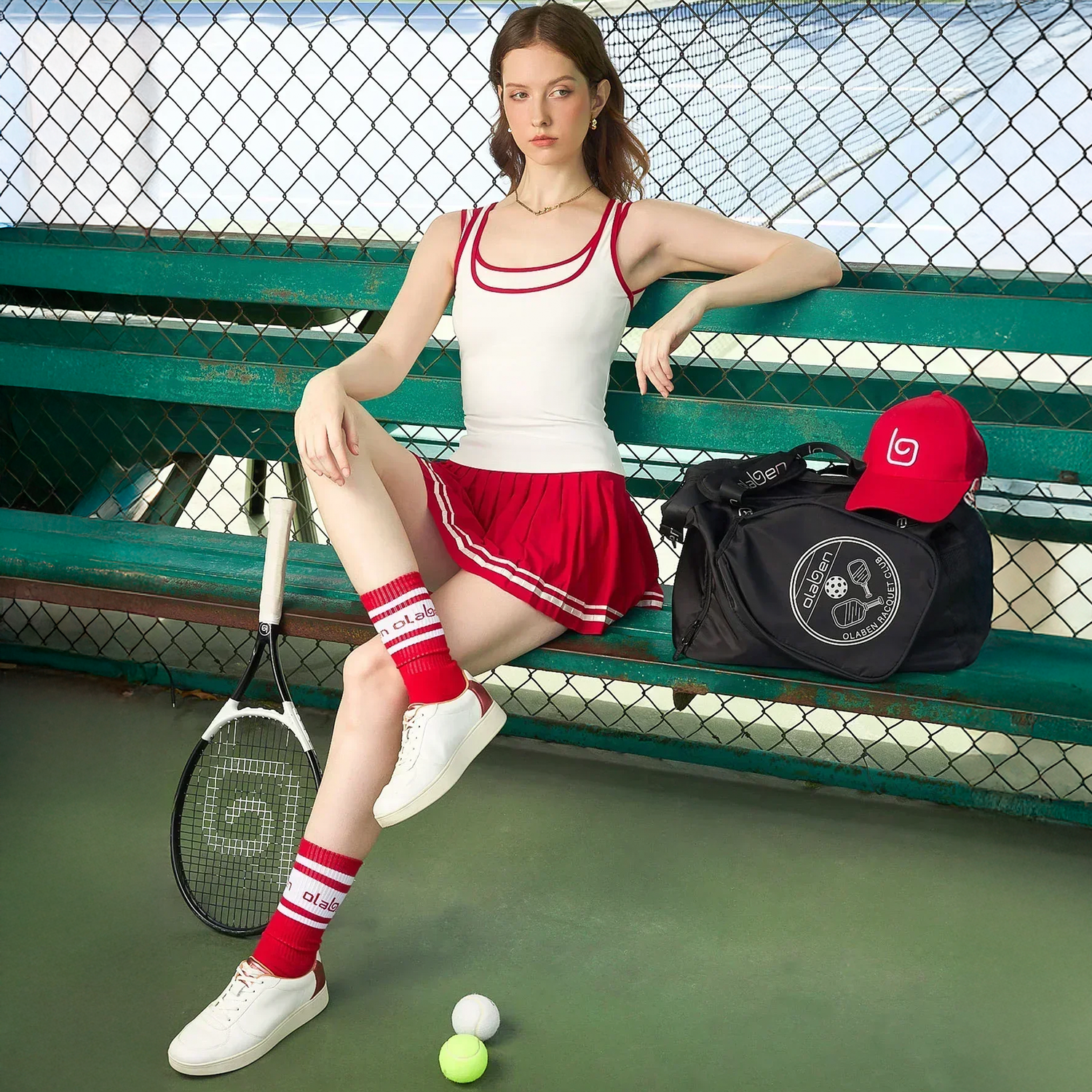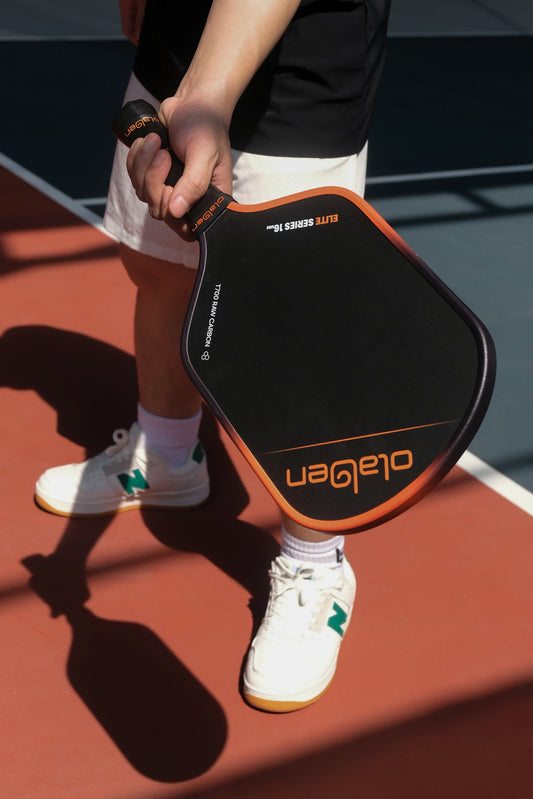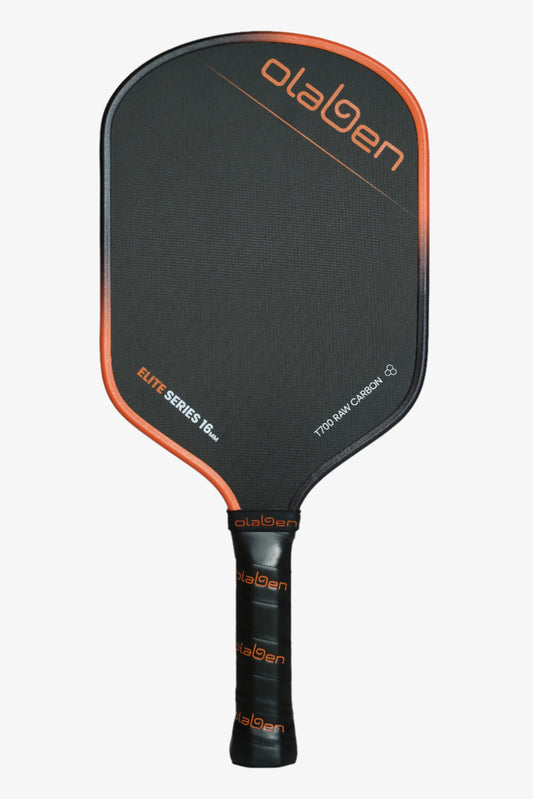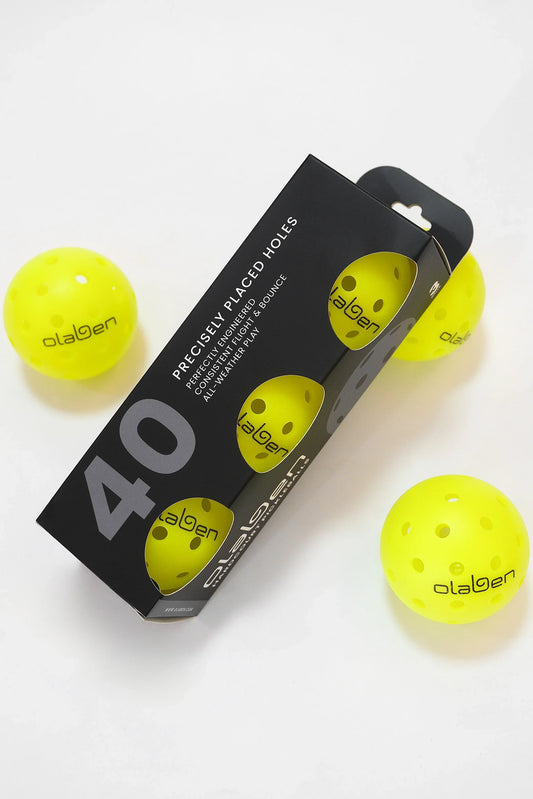If you’ve recently started playing pickleball or are considering entering your first tournament, you’ve probably heard about pickleball ratings. Ratings help determine your skill level, ensure fair matchups, and connect you with players of similar ability. Whether you’re a beginner or aspiring pro, understanding how ratings work can make your pickleball journey smoother—and a lot more fun.
In this guide, Olaben will break down everything you need to know about pickleball ratings, including how they’re measured, what skills are tied to each level, and the most common rating systems used today.
What Is a Pickleball Rating?
A pickleball rating is a number that represents your playing ability. Ratings typically range from 1.0 (absolute beginner) to 8.0 (world-class professional).
There are two main ways to get rated:
- Self-rating: Players evaluate their own skills and assign themselves a starting level. This is common when signing up for your first league or tournament.
- Official ratings: Determined by recognized systems such as DUPR or UTPR, often based on actual match results.
Both methods are widely accepted, but official ratings are considered more reliable, especially if you plan to compete.

Pickleball Skill Levels Explained
Here’s a simple breakdown of the skill levels and what each rating means:
- 1.0 – 2.0: Complete beginner with little or no experience. Learning the rules and how to keep score.
- 2.5: Can sustain short rallies, knows basic rules, and is gaining consistency.
- 3.0: Understands positioning, fundamentals, and can construct basic points.
- 3.5: Developing strategy, consistent at the non-volley zone, and beginning to use stacking.
- 4.0: Able to exploit opponents’ weaknesses, move in sync with a partner, and build solid strategies.
- 4.5: Strong footwork, advanced shot selection, effective communication, and consistent execution of harder shots.
- 5.0 – 8.0: Semi-pro to pro level. Complete mastery of shots, strategy, and adaptability. For example, top-ranked pro Ben Johns currently holds a DUPR rating of 7.286.
DUPR Ratings (Dynamic Universal Pickleball Rating)
The most widely used system today is DUPR, trusted globally by clubs, tournaments, and professional tours.
- Scale: 2.000 – 8.000
- Accuracy: Ratings go to the third decimal point.
-
Key Features:
- Works worldwide across all ages and genders.
- Players can log both tournament and recreational matches (with consent from all players).
- Free to join at dupr.com.
DUPR is used by the PPA Tour, Major League Pickleball, Pickleball.com, and top clubs worldwide, making it the gold standard for competitive players.

UTPR Ratings (USA Pickleball Tournament Rating)
The UTPR is managed by USA Pickleball (USAP) and only tracks matches from USAP-sanctioned tournaments.
- Membership required: You must join USAP to get a UTPR rating.
- Format: Uses both a 4-digit rating for seeding and a 2-digit rating for general skill reference.
-
Limitations:
- Recreational matches do not count.
- Does not factor in match scores (only win/loss).
- Accuracy can be limited compared to DUPR.
While UTPR has official standing within USAP, it is less flexible and less commonly used than DUPR
Skills Guide: How to Self-Rate Your Game
If you’re still figuring out your pickleball rating, here are a few skills to check:
- 2.0 Player: Knows how to serve into the correct box, can hit forehand and backhand shots, understands scoring basics.
- 2.5 Player: Can rally, sustain a dink exchange, and return serves with some control.
- 3.0 Player: Executes third-shot drops, controls medium-paced rallies, and understands positioning.
- 3.5 Player: Places serves and returns deep, uses pace variation, and maintains longer dink rallies.
- 4.0 Player: Consistently accurate with volleys, overheads, and third-shot drops. Can transition between soft and power play.
- 4.5+ Player: Recognizes attackable dinks, poaches effectively, uses advanced strategy, and adapts mid-match.

Why Your Pickleball Rating Matters
Knowing your rating is important whether you play casually or competitively. It helps you:
- Find evenly matched games for more fun and challenge.
- Enter the right level in leagues or tournaments.
- Set personal improvement goals.
- Track your progress over time.
If you’re still unsure of your level, consider reaching out to a certified pickleball coach for an evaluation.
Final Thoughts
Your pickleball rating is more than just a number—it’s a roadmap for your growth in the game. Start with a self-rating, then transition to an official system like DUPR if you want more accurate tracking and competitive opportunities.
No matter your rating, the most important thing is to enjoy the game, improve at your own pace, and connect with the vibrant pickleball community.
















